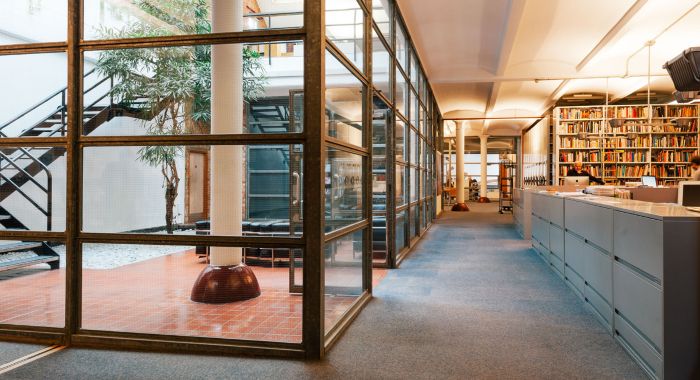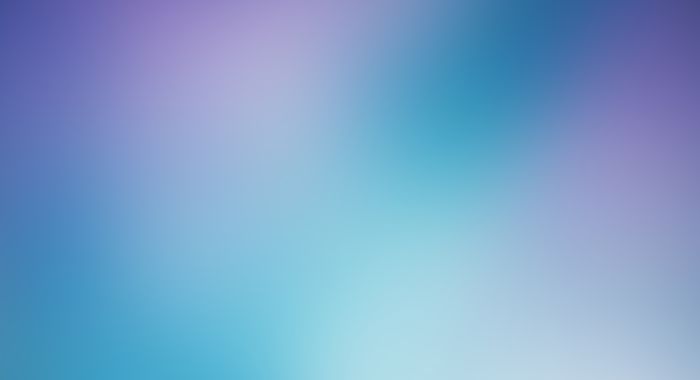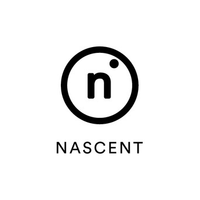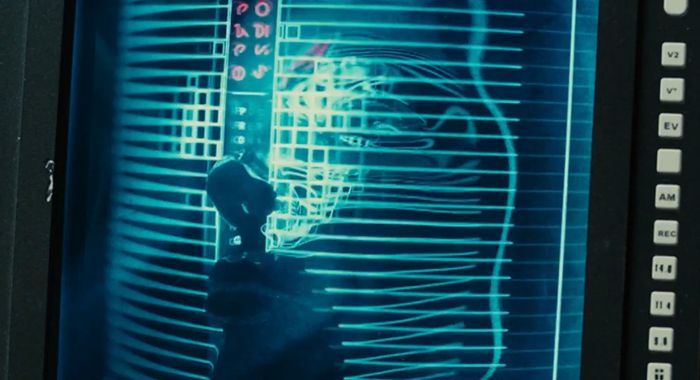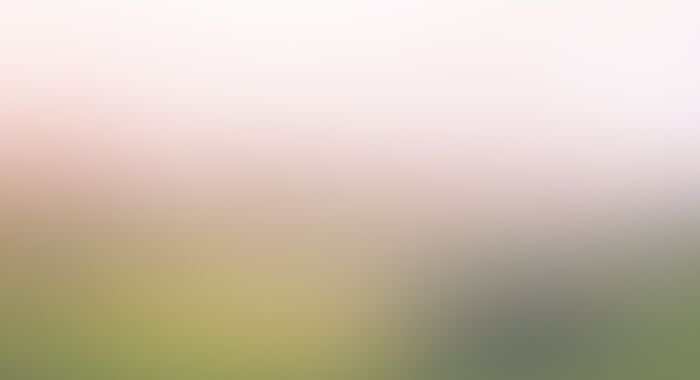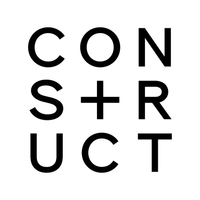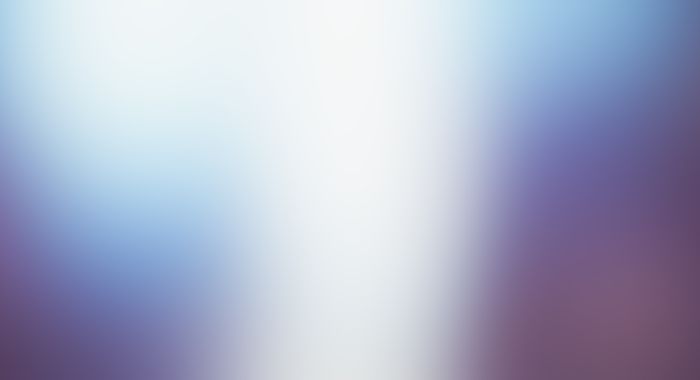Secrets behind the World's coolest Agencies
We spoke to some trailblazing founders of incredible agencies and asked them what makes creative founders unique and how they became the legendary successes they are today. Read the behind the scenes stories from the founders and partners of Pentagram, Tendril, Verve, Collins and many more. What do you think makes creative founders different/unique compared to any other founders?
David Sheldon-Hicks,
Territory studio
Having creativity as a foundation means that you are accustomed to making things from scratch, so in theory we should be at an advantage! However, I sometimes see this comes with the downside of assuming that if you get the creative right you’ll have a great business and, sadly, it’s not as easy as that. All founders need to learn other areas of business such as finance, sales, marketing, operations etc. I think the biggest advantage is that creative founders are used to learning new tricks and adapting a mindset, and I feel this is critical to being successful when building a company.
Denise Saito,
Freela School
Creative founders are usually more focused on solving problems or offering a significant answer without being so profit-oriented. Of course, that can be bad for a business and maybe that's why I didn't make a lot of money from mine (haha). But if you have a CFO to give you advice, I think a creative founder can lead a great business.
Max Bosio,
Nascent
Creative founders often possess unique qualities and characteristics that set them apart from other entrepreneurs. Here are some key traits that, in my opinion, tend to define creative founders:
Innovative Thinking: Creative founders are known for their ability to think outside the box and come up with innovative solutions. They are often driven by a desire to challenge the status quo and introduce new ideas to the market.
Passion and Vision: Creative entrepreneurs are typically driven by a deep passion for their craft or industry. They have a clear vision of what they want to achieve and are committed to bringing their creative ideas to life.
Risk-Taking: Creativity often involves taking risks and exploring uncharted territories. Creative founders are generally more willing to take calculated risks, whether it's in their business strategies, product design or marketing approaches.
Adaptability: Within the fast-paced and ever-changing creative industries, adaptability is crucial. Creative founders are often more flexible and open to adapting their ideas and strategies based on market feedback and evolving trends.
Resilience: Creativity is often accompanied by setbacks and failures. Creative founders tend to be resilient, learning from challenges and using them as opportunities for growth rather than obstacles.
Cat How,
How&How
Practically speaking, being "a creative" doesn’t necessarily set you up amazingly well in the first instance in running your own business. Controversial this may sound (and I’m generalising hugely here I know), but when it comes to finances, accounting, business plans (*sigh*)—there are many folks in my creative camp who would struggle with some of the drier, albeit necessary, components of setting up shop.
But we do have other strings to our bow. We think big. We think stupid. We ask "what if?". We dream. All these are key components—not only when it comes to taking the plunge in founding a business, but also in delivering work that is totally original, unexpected and distinct.
Having a creative at the helm can without doubt lead to a more dynamic company. A company that turns the reality of 'what is...' into the tantalising prospect of 'what could be...' Sure, there could be more chaos. But if well managed and corralled (by more analytical thinkers within the company for instance)—then that chaos becomes magic. And magic, to me, sounds pretty tempting.
Victor de Bone,
Arnold Studio
I believe a design firm/studio must find its place in the world. For me, it was crucial to connect to clients that could make that place possible without leaving the core of the design practice aside. Being curious and having a clear vision of the culture you are representing and co-creating with your clients certainly set the stage for a comfortable path that evolves throughout the company's history.
Brian Collins,
Collins
Nothing.
In my experience, every founder–whether they’ve started a global SaaS business, a design company or a shop that only serves chocolate ice cream – all share the same ambition; they see a world they can make better.
They want a future that is different from what’s been painted for them. And, they choose to fight for that vision, instead of settling for anyone else's' status quo.
Any difference for creative founders is in execution. Creative people are at their best when they’re blowing things up, tearing things apart, poking, examining, questioning and reconstructing. In short–finding new patterns in the chaos – and usually ones other people don’t see.
But when you need to summon the kind of ruthless discipline required to execute consistently against a vision, reconciling that with creativity’s inclinations toward randomness and surprise, well, that can become…tricky.
That said, creative people - and designers in particular - make up for this problem because they all hold this Ace: They have the unique ability to visualise many possible futures before they arrive.
They have the skills and tools to model and share those futures – and their benefits – with everyone else.
Designers can rehearse tomorrow. They look over the mountain and point to a world where we all might go, if we join their cause.
When it works, watch out. Instagram, Airbnb, Mailchimp – all founded and led by designers. Each one of them pointed to a new future, pulled it forward into the present and delivered all kinds of value, way ahead of schedule.
Kate Bate,
Forever and Tendril
What is one thing you wish you knew before you started a company?
I’ve had so many revelations that I wish I’d heard in the beginning, though candidly I am not sure I would have LISTENED. Sometimes the best way to learn is to go through it. I am a person who is very competitive and admittedly, I have a need to be “right.” Bearing this in mind at the top of my list is “you can’t win at business” (Simon Sinek). If you can think with an abundance mindset (there is enough for everyone), embracing every challenge as an opportunity to learn, and if you can see adversity as something that is happening FOR you and not TO you, everything gets sweeter.
To take this even further, you can benefit by helping your “competitors” to rise up. See them as allies, because shining a light on them only benefits you in the long run, and it creates community. You are not on a ladder trying to reach the top. There is no top. There is no finish line. Be kind (which does not have to mean ’nice’), honest, and optimistic and you will be the best kind of leader.
Roman Stikkelorum,
Verve
I wish I knew how long it takes to really get going. It's a gradual process, improving bit by bit. You're constantly building – better work, better clients, better team. It's not a fast race; success takes time to brew. You do a bit better each day, and over the years, it all adds up. No overnight miracles here.
Jaime Ponce Martinez,
Fellas
Patience and a good seatbelt for the roller coaster. Running a company is not easy at all. It's a series of ups and downs. The key to success is patience, not giving up and being aware that there are highs and lows, and you have to learn to dance with them.
Nini Andrade Silva,
Atelier Nini Andrade Silva
If I could rewind time, one crucial insight I wish I had known before launching the company is the profound impact of establishing a robust network and mentorship system. Navigating the complexities of entrepreneurship can be daunting, and having seasoned mentors to provide guidance, share experiences, and offer valuable advice would have been an invaluable asset. Building a supportive network early on can accelerate learning, enhance decision-making, and contribute significantly to the company's overall resilience and adaptability.
Ilenia Notarangelo,
illo
At the beginning of our journey, everything was more spontaneous and random, from style definition to invoice issuing (do we need to number them?!). Experience brought intentionality to our path. In general, I love to have both aesthetic and business boards to which we can aspire.
If I need to be more specific:
1. 3D stereoscopy wouldn’t sell (we started trying to create/sell short 3D stereo videos, zero success — our initial logo was a pixelated pair of red & blue 3D glasses).
2. Hire inspiring producers & biz related people, because they are key to the company as much as the right creative team.
3. Running a studio can be very exciting and very exhausting, from time to time. And sometimes also both things at the same time.
Jack Renwick,
Jack Renwick Studio
I wish I knew I would never have a real break ever again! Running a business with staff and clients means your brain (or mine anyway) can never fully step away. Even with a great structure and trusted staff, the buck ultimately stops at you, so you find you will always be checking in and need to be available for any problems. I'm not a parent but I can imagine similarities in running a business where you will forever be worrying in the back of your mind that something is going to be jammed up a nose or the house set on fire.
Lucas Andrade,
Arnold
Why do you think your company kept growing and became a phenomenal success?
I already had in my mind that it was important to keep true to our roots and with some patience (a lot of it, lol), things could turn out to go well. We had a strong foundation when it came to what we believed were the best practices in our daily activities, clients and thoughts, which certainly reflected in a positive trajectory for us. Running the studio today means prospecting clients that are true to more than what we believe creatively, it means looking for work that can make us think broader and grow both professionally and personally.
Abdulaziz Aljafen,
Told
Firstly, focus played a major role in our company's success. Our focus lies in developing our expertise in brand strategy and branding, which is the essence of our work, as well as developing the company's operations and business development to ensure its prosperity. Additionally, we are able to learn and adapt, constantly seeking out problems and solutions and striving to discover new challenges and solve them.
We also operate according to a future-oriented plan and goal, sharing it with all members of our team, assuming that we are all in the same boat and working together towards success. Furthermore, we believe that our company should have a solid and robust foundation from within in order to shine externally.
Therefore, we believe that the success of our company is based on three key pillars:
(1) Having a professional and passionate team, as we continuously strive to attract the best talents from all over the world.
(2) Building meticulous work processes and constantly improving them to ensure smooth operations.
(3) A perfect, stunning, and innovative product that we aspire to be the benchmark in the industry.
Natasha Jen,
Pentagram
Pentagram has a unique way of growing — we're constantly planting new seeds rather than just scaling up. We don't just "hire"; we invite partners who hold unique talents. It might not sound like the typical cut-and-dried strategy, but it's been our way for over 50 years, and it's worked. We’ve stayed fresh through all kinds of changes in technology and culture because our philosophy isn’t rigid. It's more like water—adapting and flowing with the times.
Georgia Fendley,
Construct London
My company has grown very slowly over the past 20 years. I have been preoccupied with measuring quality not scale. Sustained profitable growth has always been my objective, this allows independence and freedom and the prioritisation of creative quality. With this focus we have built a strong reputation and a robust business able to scale. We are now part of a like minded group with global reach.
Get practical lessons from top designers and hands-on experience on our Design Leaders Programme.
Imagine that a year from now you could finally get that Chief Creative Officer promotion, scale your business, and lead a larger team. It all starts here.
